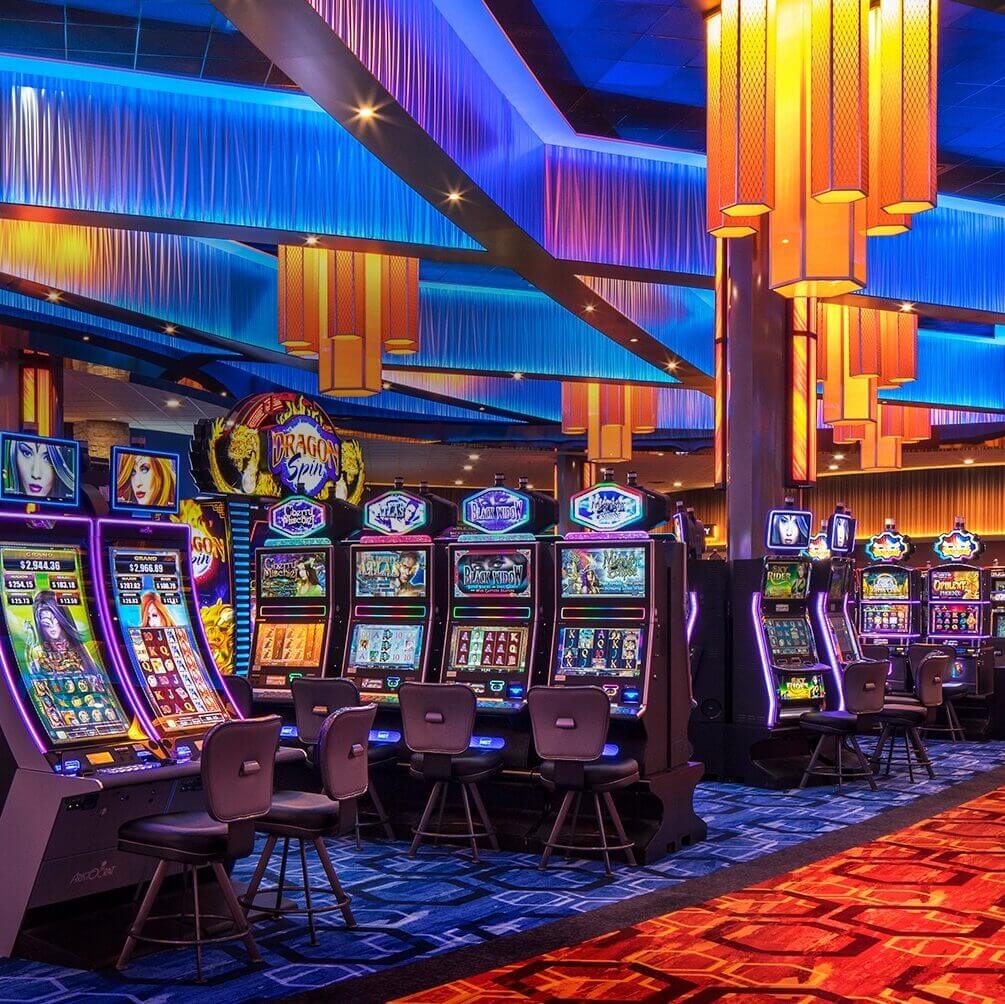The manner in which Gaming Establishments Utilize Hue and Style to Draw Players

In the vibrant and stimulating world of casinos, where fortune and tactics intertwine, hues and design play a pivotal role in drawing in gamblers. As soon as visitors step into a casino or log into a gaming platform, they are immersed in a visual feast that grabs their attention and entices them to explore further. Bright colors, captivating graphics, and creative layouts are carefully crafted to create an environment of thrill and anticipation, ultimately improving the gaming experience.
As players navigate through the ever-changing landscape of casino games, they encounter a range of designs that not only serve visual purposes but also influence feelings and choices. Colors like scarlet and yellow symbolize riches and fortune, while calm navy and greens can create a much tranquil environment. Grasping how these elements function together enables casinos to create an inviting and stimulating atmosphere that encourages players to interact with the games, invest additional time at the tables, and boost their general enjoyment.
The Science of Color in Casino Games
Hue plays a key role in the creation of gaming experiences, influencing players’ emotional states and responses. Lively and striking colors, such as red and yellow, are often used to stimulate thrill and draw focus. These shades create a sense immediacy and dynamism, encouraging players to engage more readily with the experience. By intentionally selecting colors, developers aim to elicit feelings of joy and expectation, which can enhance the complete gaming experience.
Different shades also have psychological associations that can impact how gamblers perceive their odds of winning. For case, green is commonly associated with luck and wealth, making it a frequent choice in games like roulette and poker tables. This link can cause gamblers to feel more optimistic and self-assured in their play, ultimately motivating them to wager more. Understanding these connections allows game developers to design environments that enhance player satisfaction and engagement.
In addition, the design of gambling game interfaces often uses blended colors and contrasting colors to guide player actions. For instance, successful combinations may be accentuated with bright, contrasting colors, creating a visual cue. This method strengthens successful results and encourages repeated participation. By exploiting the psychology of color, casinos can develop games that not only captivate players but also keep them engaged and dedicated in their gaming experience.
Design Features that Engage Players
The aesthetic appeal of casino games is primarily influenced by the implementation of bold colors. Bright and contrasting colors are deliberately chosen to create an inviting atmosphere that captures attention. For example, reds and golds often signify good fortune and wealth, which is why they are common in the color schemes of gaming machines and game surfaces. These colors not only draw players in, but they also evoke emotions related to thrill and expectation, enhancing the overall gaming experience.
In addition to color, the design and layout of casino games play a crucial role in captivating players. Games are designed to be user-friendly, ensuring that players can quickly understand the guidelines and gameplay. User-friendly interfaces, along with captivating graphics and animations, help maintain gamer interest and promote extended play sessions. The physical elements, such as the texture of the controls and the sounds of the games, also contribute to a comprehensive sensory experience that keeps players engaged.
Finally, conceptual elements in gaming design can greatly influence player choice. Many casino games are inspired by popular culture, myths, or adventure themes, incorporating symbols and characters that resonate with players. These themes create a sense of engagement and connection, making each game feel distinct. When players feel a connection to the theme, they are more likely to opt for that game over others, leading to increased participation and excitement within the gambling environment.
Case Studies: Effective Gambling Game Designs
One key example of successful gambling game design is the well-known slot machine series based around popular movies. Games such as those based on the The Wizard of Oz and Game of thrones utilize vibrant colors and superior graphics to engage players in recognizable narratives. The application of dynamic visuals and captivating sound effects takes the focus of players, creating an affective connection to the theme. This tactic not just encourages longer play but also enhances the overall gaming experience, leading to increased player retention.
Another effective case is the use of color psychology in table games like 21 and the wheel. Casinos often design these games with dark reds and greens, colors traditionally associated with luck and wealth. For instance, the green felt on a 21 table provides a calming effect, while the crimson accents in the wheel invite anticipation. This thoughtful use of color helps to create an inviting atmosphere that motivates players to participate, fulfilling their psychological impulses and enhancing their enjoyment.
Finally, social casino games that feature social features and lively, lively designs have experienced remarkable success in engaging players. Games like Zynga Poker and Slot-O-Mania leverage striking colors and playful animations to forge an inviting online environment. The addition of leaderboards, community sharing options, and in-app rewards fosters competition and community, drawing players in for longer sessions. Such designs merely make the games visually appealing but also emphasize social interaction, a key factor in player retention and engagement within digital casino environments.
สล็อตเว็บตรง

